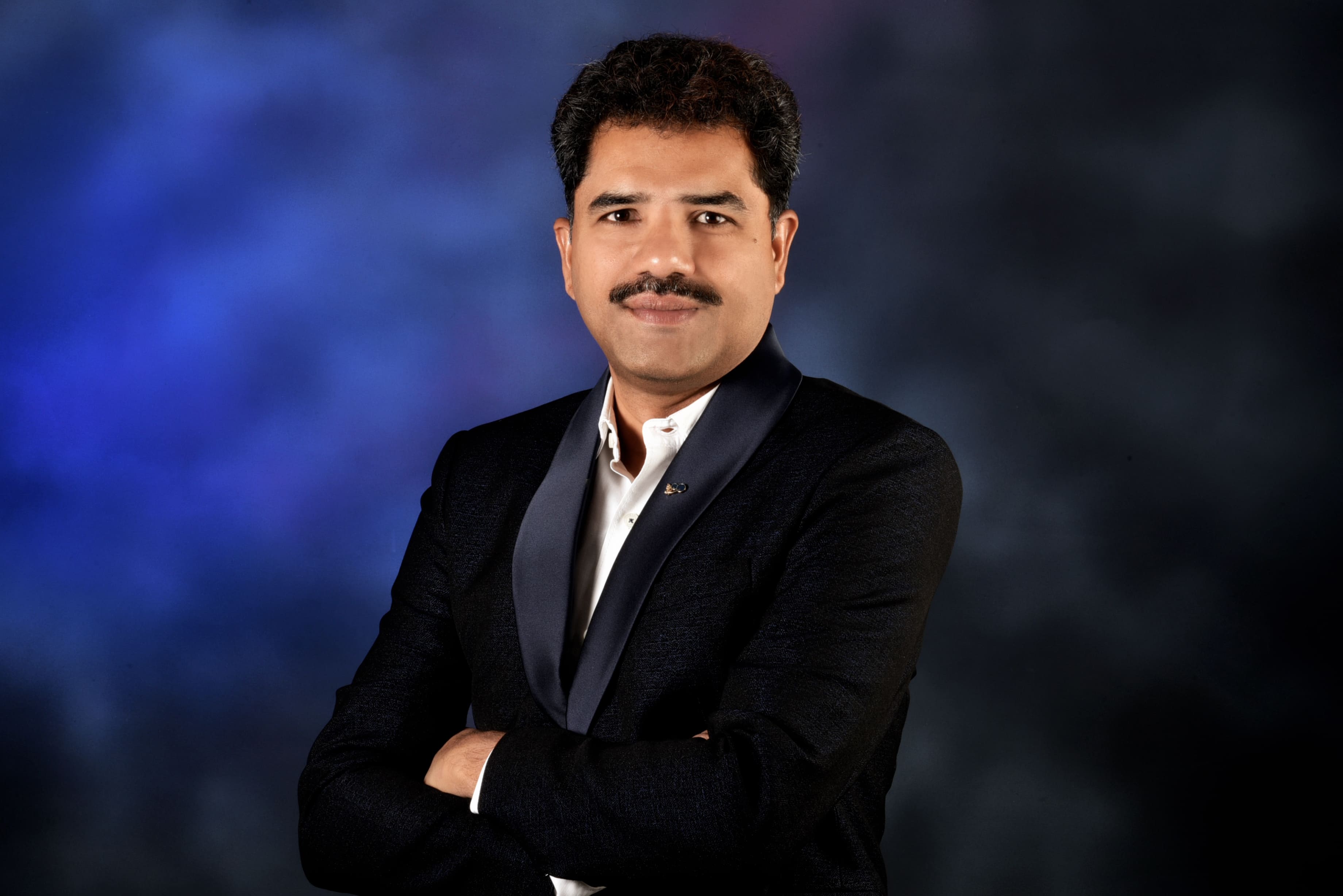If your in-house teams juggle schedules, budgets, and risk logs, projects can slow down fast.
That's why many companies now look for the best way to outsource project management, and 68 % of companies already do it by hiring external or contract project managers.
The math is hard to ignore, switching to an outsourced PM model cuts project-management costs by 20-30% while giving access to certified experts and ready-made toolkits.
In the next sections, we'll show step-by-step how to choose the right partner, set clear goals, and run a pilot so your projects finish faster and cheaper, with fewer headaches along the way.
How to Outsource Project Management the Right Way
Below are the best ways to outsource project management:
Step 1: Define Scope & Success Early
A short, clear brief is the best starting point. Write down the project goal, the due date, the budget limit, and what finish looks like. Teams that skip this step lose time later because nobody agrees on the target.
Next, turn the brief into two or three easy-to-measure numbers (for example, "go-live by 15 October" and "no more than 5 % scope creep"). When numbers are simple, everyone including vendors, engineers, and finance, can track progress the same way.
Example: A fintech company wrote one page: "Move 500 k users to the new stack with 99.95% uptime by 15 October."
Every later debate pointed back to that single line, so scope never drifted.
Step 2: Pick the Right Vendor, Not Just the Cheapest
Price matters, but skills and trust matter more. Ask for past projects that look like yours and make sure the lead PM holds a recognised badge such as PMP or PRINCE2. Certified leads raise success odds to 82%.
|
Check-point |
What to look for |
Why it helps |
|
Domain work |
Similar projects |
Less ramp-up time |
|
Certifications |
PMP, PRINCE2, Agile |
Fewer delivery faults |
|
Clear fees |
Milestone invoices |
No surprise costs |
Example: A health-tech start-up chose a vendor with HIPAA-trained PMs and milestone billing.
The vendor's hourly rate was higher, but the project finished on time with no re-work, saving more money overall.
Step 3: Match the Pricing Model to Your Risk
Time-and-materials is flexible, but you carry the cost risk. Fixed-price is safer on budget but needs a frozen scope.
Outcome-based PMaaS asks you to pay only when the vendor hits a milestone, cutting costs by 20-30% on average.
|
Model |
Best For |
Who owns the risk? |
|
T & M |
Changing ideas |
Client |
|
Fixed |
PMP, PRINCE2, Agile |
Vendor |
|
PMaaS |
Clear KPIs |
Shared |
Example: An e-commerce brand paid a flat US $60 k for a rebrand rollout with a penalty for delays. The work finished a week early, so both sides won.
Step 4: Use One Communication Hub
Projects stall when chat, email, and spreadsheets spread updates everywhere. Pick one chat tool and one task board so everyone sees the same truth.
Remote-first boards like Trello or Monday keep tasks, owners, and dates in one view.
Set a rhythm: daily text updates and one 30-minute video call each week. Too many calls burn hours; too few create guesswork.
Example: A SaaS firm put all status notes in a shared Slack channel and tracked tasks on Monday.
Average reply time dropped from eight hours to thirty minutes, and blockers cleared faster.
Step 5: Start with a Small Pilot
A two-to-four-week pilot tests the vendor's speed and quality without risking the whole budget. Case studies show pilots trim full-project timelines by about 25% because problems surface early.
Use a contained slice, like mobile-app QA or a single data migration, to measure fit. Give feedback at the end and decide to expand or stop.
Example: A media company outsourced just the QA sprint for its mobile app. When that sprint went smoothly, it handed the same vendor the full feature roadmap.
Step 6: Lean on Modern Tools and AI
Top PM providers bring built-in dashboards that predict delays and auto-write status reports, saving admin hours.
Ready-made risk logs and checklists mean setup takes hours, not days.
These tools also keep senior leaders informed without extra meetings; one glance shows budget burn, blocker count, and timeline health.
Example: An EdTech firm let the vendor's AI bot flag a resource clash two sprints early, stopping $40 k in weekend overtime before it started.
Step 7: Protect Knowledge Transfer
Ask the vendor to keep a live wiki and include a 30-day hand-over window in the contract.
If people change or the project ends, your team still knows how everything works.
Add a "key-person backup" clause so a certified deputy PM can step in if the lead leaves. This clause keeps momentum and protects deadlines.
Example: A logistics company kept all docs in Confluence. When the contract closed, two internal managers took over in one week with zero downtime.
Conclusion
Outsourcing project management can save money and speed delivery, but only if you follow a clear playbook.
Think of the vendor as an extra lane on your project highway. A well-marked brief, a good lane-change plan (pricing model), and clear road signs (simple KPIs) keep traffic moving fast.
If you also use one map for everyone, one chat channel and one task board, projects finish sooner and cost less.
Outsource Project Management Smarter with AiDOOS
AiDOOS's Virtual Delivery Center (VDC) uses outcome-based pricing, you pay only when a milestone is delivered, not for every hour someone logs.
That model cuts PM costs by about 20 - 30%, right in line with wider outsourcing savings. As soon as you list your goals, the platform matches you with a pre-vetted project-management squad that already knows your domain.
No hiring delays, no long ramp-up: new leads step in with ready playbooks and can start a small pilot within days. Behind the scenes, the VDC bundles one shared portal for chat, tasks, and reports plus live dashboards that surface key metrics like budget burn and on-time rate.
Built-in CI/CD hooks, risk logs, and feature-flag rollbacks keep delivery fast and safe, while a "scale-up/scale-down" button lets you add or drop capacity whenever project load changes. All status docs live in a central wiki, so hand-overs are smooth and knowledge never walks out the door.
Together, these features make AiDOOS a simple, low-risk way to outsource project management and hit deadlines without overspending.
Schedule A Meeting To Setup VDC![]()
Frequently Asked Questions
1. What is the best way to outsource project management successfully?
The best way to outsource project management successfully is to follow seven steps, the first is to set clear goals, second is to choose a certified vendor, third is to pick the right pricing model, fourth is to use one communication hub, fifth is to run a small pilot, sixth is to use modern PM tools, and the seventh and the last one is to secure a hand-over plan.
2. What should I define before outsourcing project management?
Write down the project goal, due date, budget limit, and two or three simple success numbers (KPIs). Share this one-page brief with every vendor.
3. What's the most reliable model for outsourced project management?
The most reliable model for outsourced project management is outcome-based or PM-as-a-Service (PMaaS).
You pay when milestones are hit, not for every hour worked, which keeps everyone focused on results.
4. What are the risks of outsourcing project management?
The risks of outsourcing project management are scope creep, hidden costs, and knowledge loss.
You can reduce them with a clear brief, milestone billing, and a contract that requires a live wiki and a backup PM.
5. How does AiDOOS simplify project management outsourcing?
AiDOOS simplifies project management outsourcing by giving you a pre-vetted PM squad, outcome-based billing, and a single portal with live dashboards. You can scale the team up or down in clicks while all documents stay in one place.

